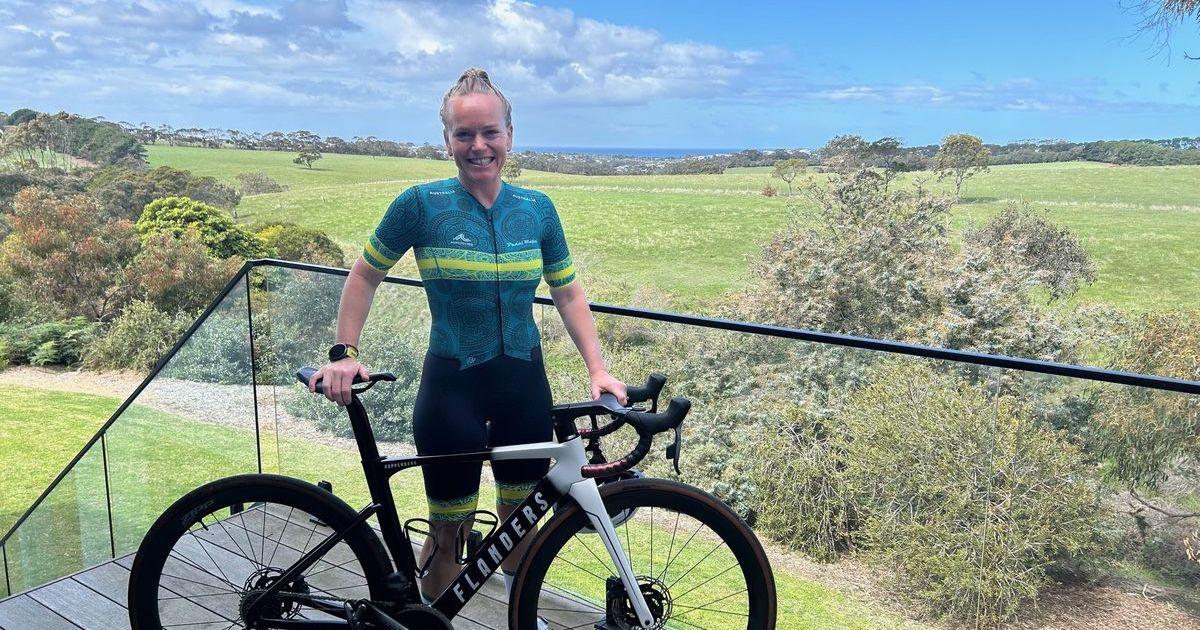Clean-slate approach to Grenache is seeing variety resurgence
Warm-climate Pinot Noir is often how Grenache is described to those unfamiliar with the grape; wintery Pinot Noir is also a common analogy – the silky texture, sweet red fruit spectrum, some spice but with a bit more of a warming glow from typically higher alcohol levels and therefore body means it’s nice to drink in the cooler months.
It has suffered over the past few decades as growers struggled to tame it; it accumulates sugar quite quickly and can see alcohol levels race into the high teens if you’re not careful while losing precious acidity (which it doesn’t have a lot of to start with) just as quickly. The result being flabby, intensely alcoholic wines, often battered with new oak only making matters worse.
Thanks to a younger generation with a clean slate and fewer preconceptions, we are seeing a strong resurgence as they are taking some fantastic old vines in various regions around the world and handling them with a gentler touch, improving their viticultural techniques to suit Grenache a little better.
Today we turn to recently a reinvigorated part of Spain. The Gredos area to the West of Madrid has been growing Grenache/Garnacha for centuries, once an important source of wine for Madrid before train lines made it easier to transport wine from the broader (and generally cheaper) Castilla la Mancha. The decline of local co-operatives only made matters worse for small growers who no longer had a destination for their fruit to be made into wine and then distributed to key markets.
Enter the young brigade, led by producers such as Bernabelba, Maranones, Jimenez-Landi, Telmo Rodriquez and Peninsula Vinicultores. While the first four are producing world class wines, they are also increasingly priced as such and aren’t quite as accessible as those being produced by Peninsula Vinicultures.
The group produces wines from several Spanish regions, offering winemaking, distribution and marketing expertise to the smaller growers who may not otherwise be able to sustain themselves if they tried to cover all functions themselves. Their philosophy centres around sourcing fruit from organic and sustainably grown vineyards, using as little additives as possible whilst maintaining consistency and quality, the winemaking team being led by New Zealander Sam Harrop.
The Vino De Montanas field blend ($22) is principally Garnacha, with a small percentage of native varieties Rufete and Pinuela (Tempranillo). The high altitude and granitic soils help to moderate temperature and retain ample amounts of acidity, so while the wines do sit around 14-15 per cent, they don’t feel hot or overly heavy. They are balanced, lively and fresh feeling. Driven by red berries, plum, spice and a smooth texture with fine gravelly tannins to finish.


















